Killzone 3 hands-on: 6 things you need to know about the gameplay
More details about jetpacks, gruesome stabbings and bigger explosions from the icy, one-level demo
It’s official: not only is Killzone 3 happening, but it’s happening in a playable, 3D form. At the same event last night where we gotour first glimpse of the game in motion, we also had a chance to steer KZ2's returning hero, Sgt. Tomas “Sev” Sevchenko, through the icy, Helghast-infested fields we’d just seen, both in 3D and in 2D. What we played was impressive – a lot more impressive than Killzone 2, in fact – and what follows are the six most important bullet points we came away with.
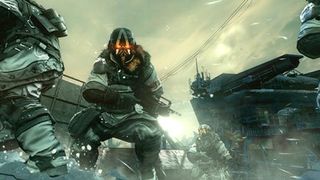
1. It looks even better
When Killzone 2 dropped last year, it was widely hailed as a high-water mark for PS3 graphics. And that’s all fine and good, but Killzone 3 brings just enough graphical prowess that makes its predecessor look like a tech demo. There’s the 3D to consider, and that looks pretty great, but overall the game sports noticeably sharper textures, more detailed structures and cool environmental touches that KZ2’s dingy cityscapes and blasted deserts lacked.
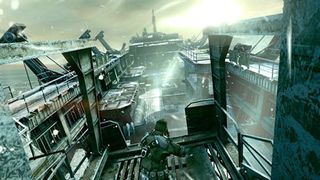
The demo level we played took place across what looked like several Helghast oil rigs (or, more likely, rigs drilling for the lightning-mineral Petrusite) in snow-covered tundra battered by a raging sea, which was filled with huge chunks of ice. It was a much prettier, more open landscape than anything Killzone 2 offered, and it certainly didn’t hurt that it was filled with destructible objects.
That’s another thing Killzone 2 didn’t offer much of; if a few Helghast were covering behind some sandbags, for example, you could fire a rocket at them and the sandbags would still be intact. Not here – sandbags scatter, flimsy bits of cover can be shredded and chunks can be torn off of concrete structures.
… or at least, it’ll feature sequences on the back of those hovering troop transports from Killzone 2, which were never interactive last time. That’s how our time with Killzone 3 began: with an impressive on-rails sequence during which we used a mounted minigun to cut down Helghast troops and, at one point, a speedy Helghast aircraft that was about the size of our transports (and which glowed red, just like everything else the Helghast use). The minigun could be fired continuously without overheating, which was a refreshing change from games in which you have to let up on the fire button ever.

By now, you probably already know Killzone 3 has jetpacks; what you maybe don’t know is how they work. Our first encounter with them was when they were strapped to the backs of special Helghast troopers, who – after we'd riddled them with a few bullets – lost control of their packs and crashed and burned spectacularly.
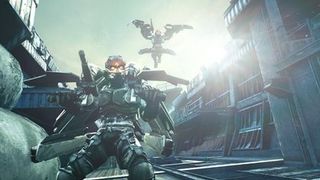
Later, we got to try one out for ourselves, and were immediately informed that they’re less “jetpacks” than they are “jump-packs.” Pressing the throttle gives you a short (but high) vertical boost, after which the secondary jets kick in and enable you to safely float back to earth.
Sign up to the 12DOVE Newsletter
Weekly digests, tales from the communities you love, and more
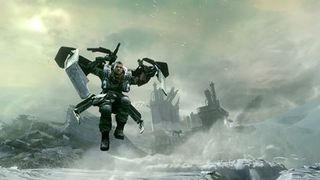
While you’re in the air, however, you can press X for a sharp boost forward, which you can use repeatedly to reach platforms too far away to hit with a normal jump.
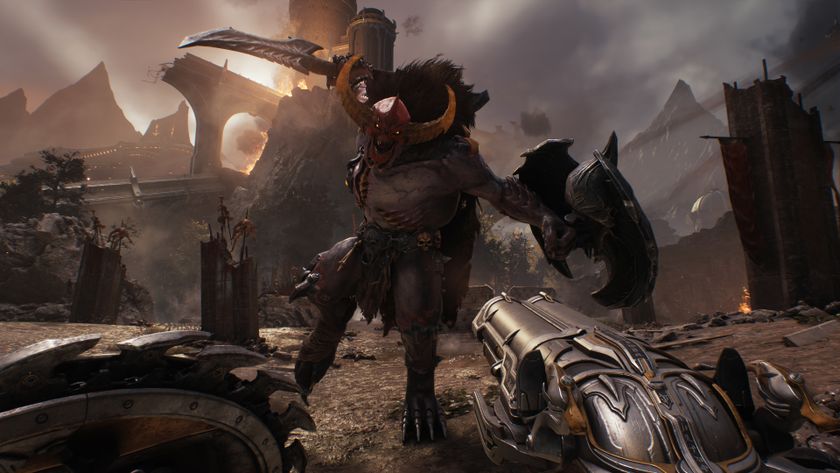
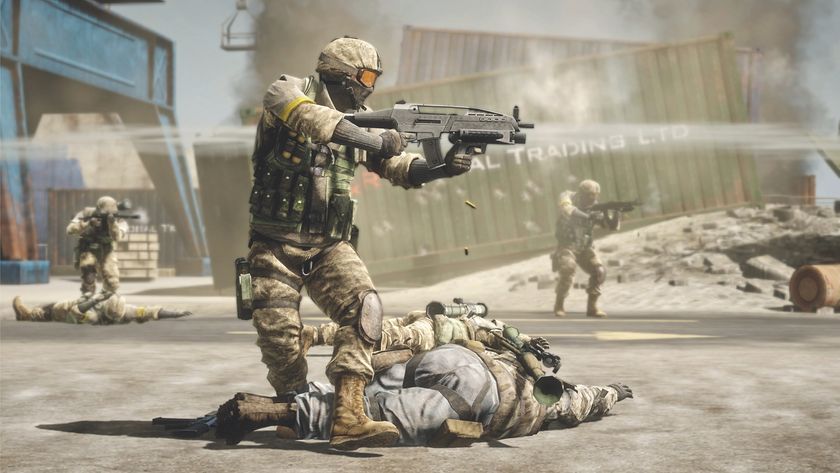
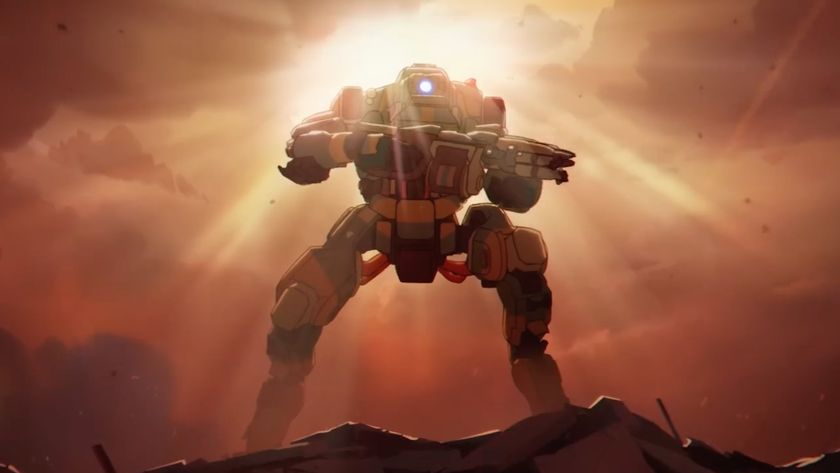
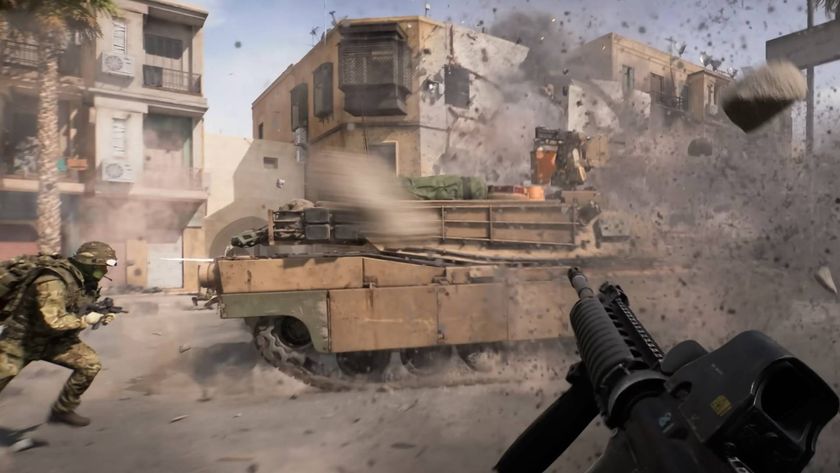
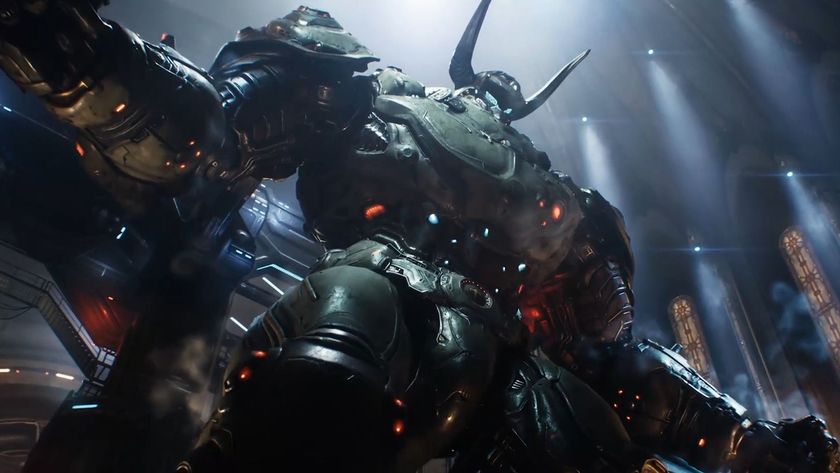


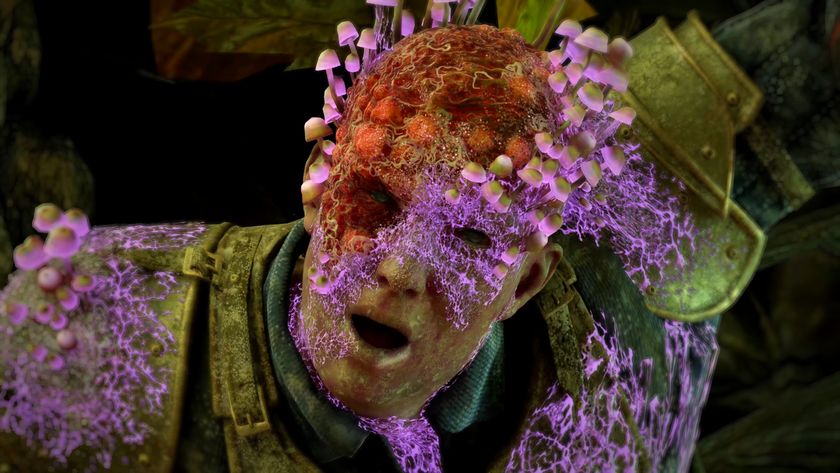
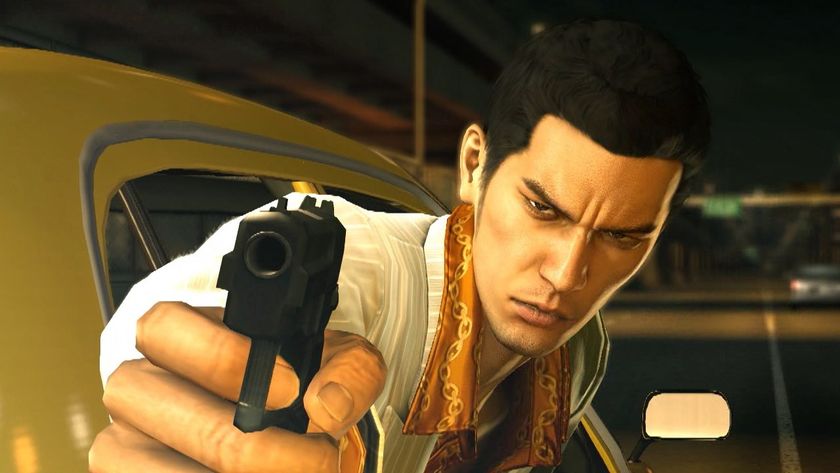




Doom director claims The Dark Ages can be beaten without using a gun, but "the game's not necessarily built to do that"

Battlefield dev reveals more of his Bad Company 3 script and confirms the plot would revolve around the squad getting kicked out of the military and brought back for a final suicide mission




